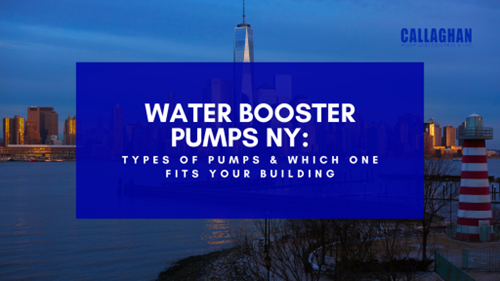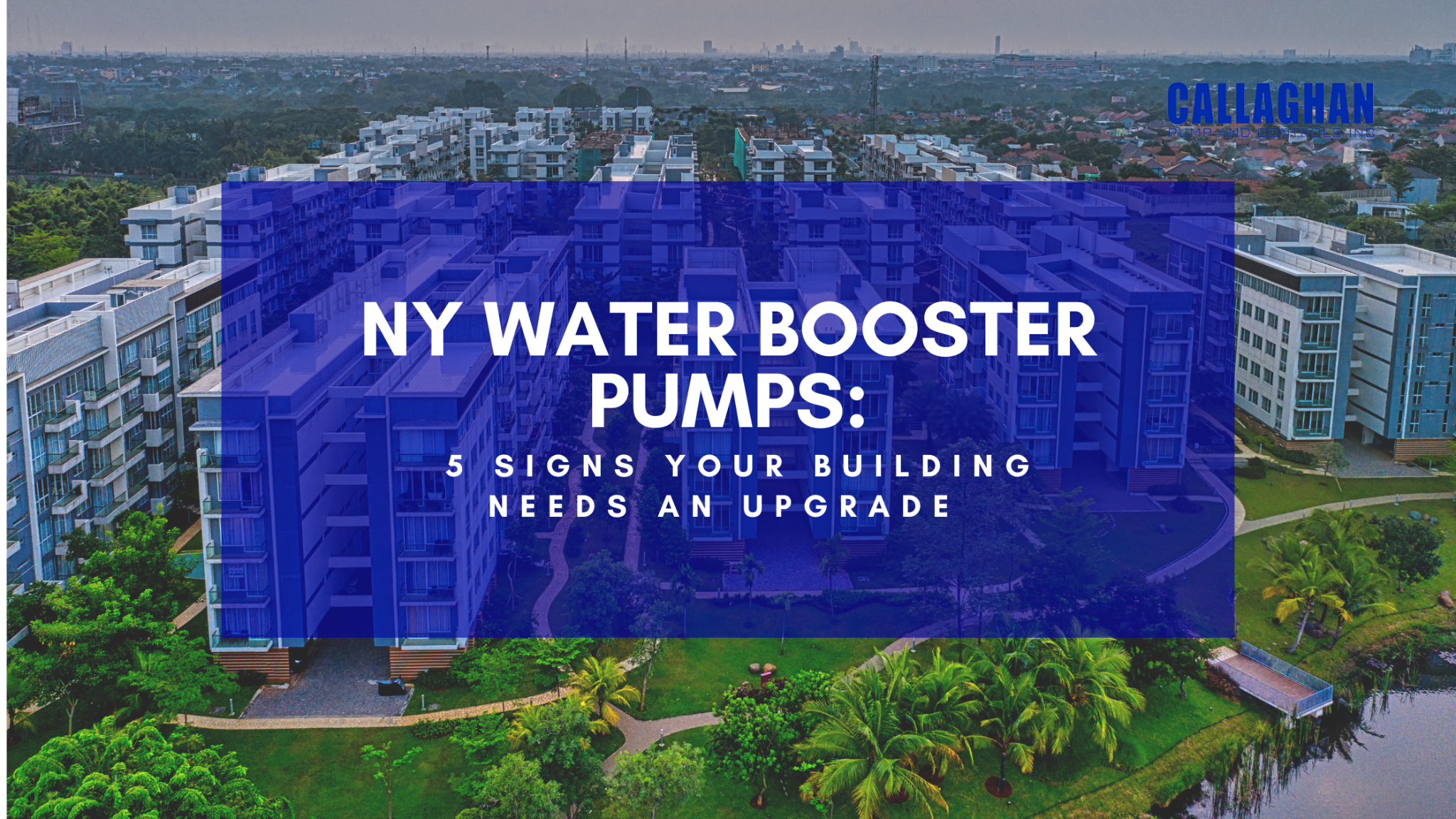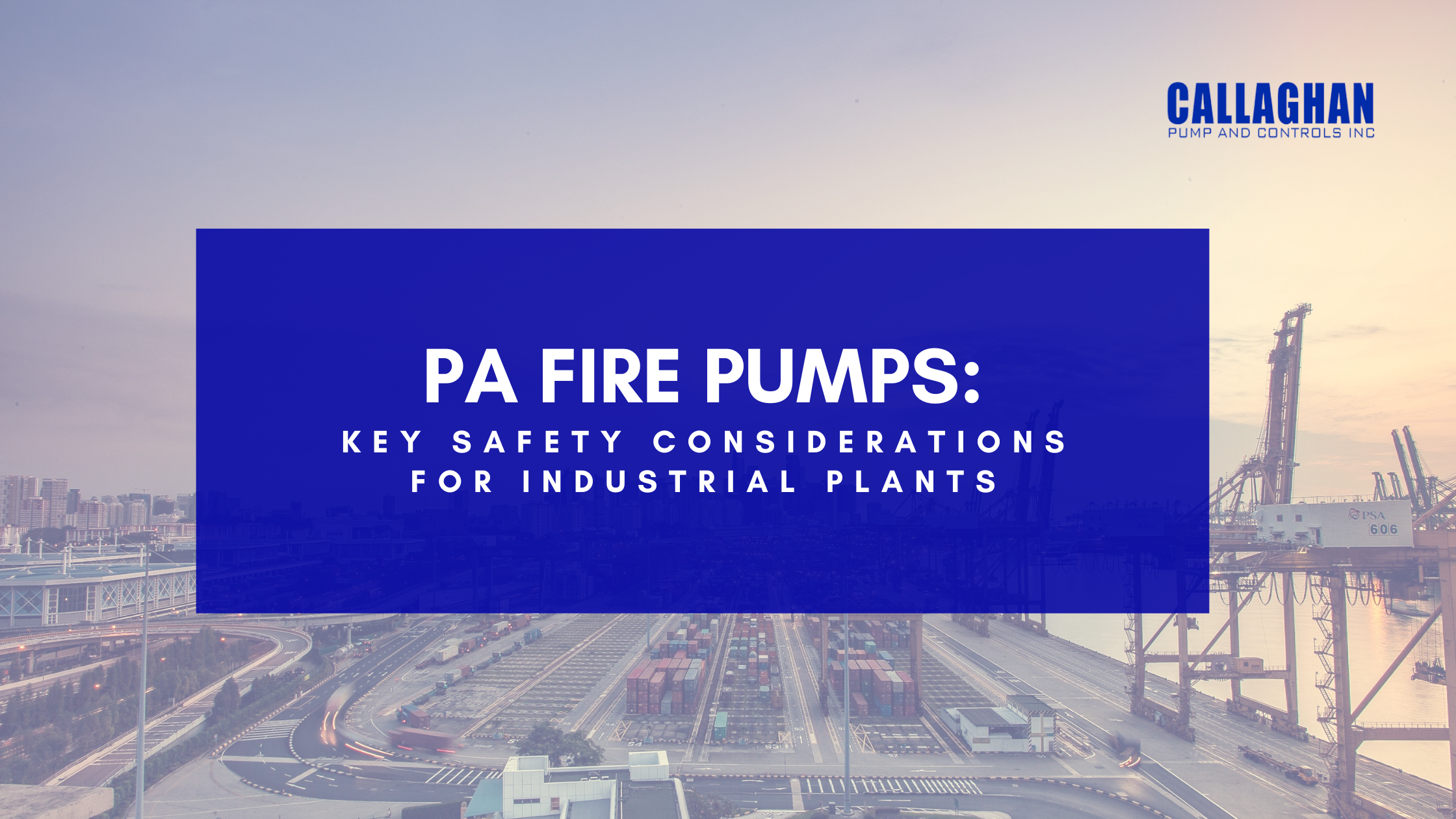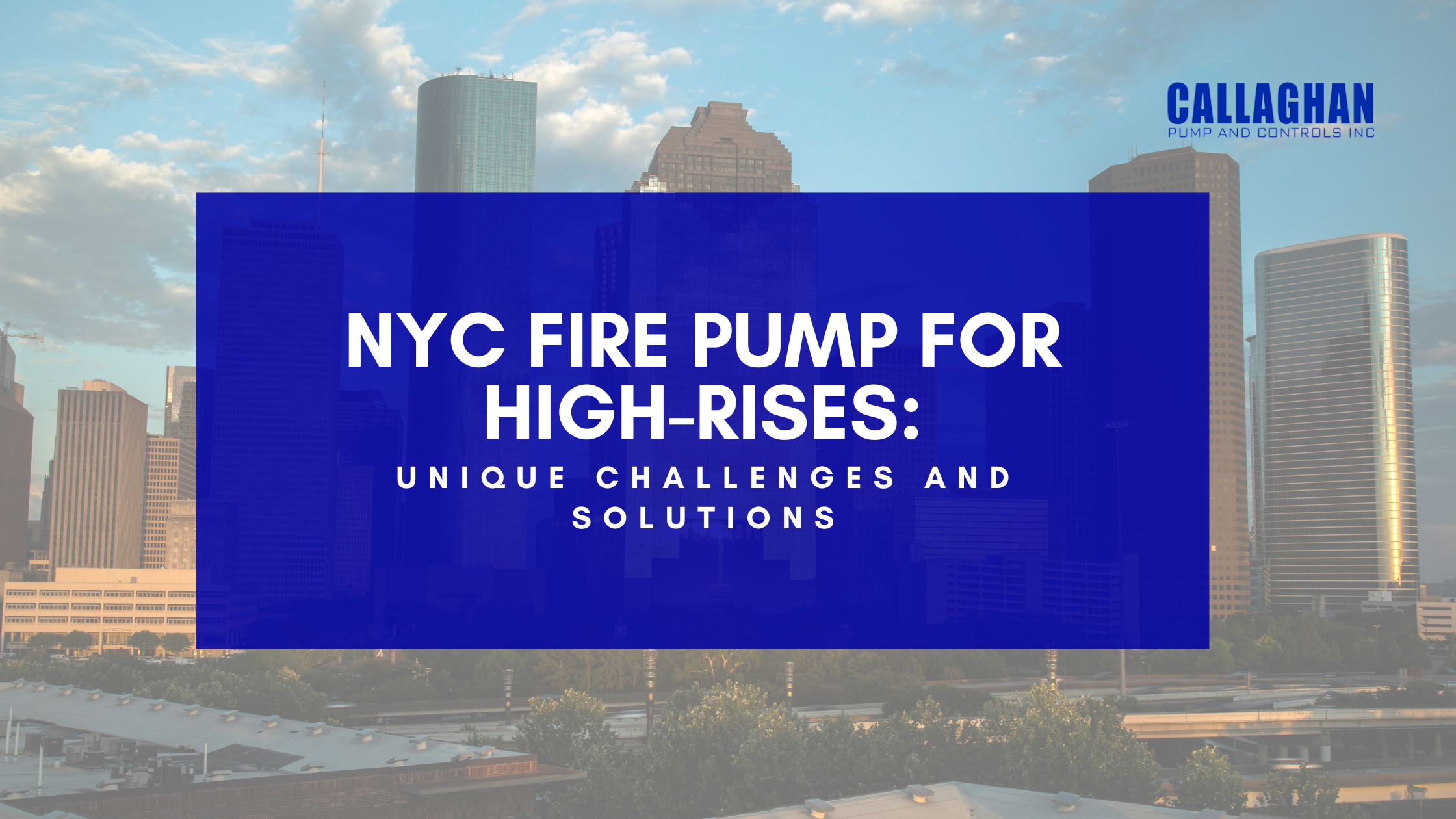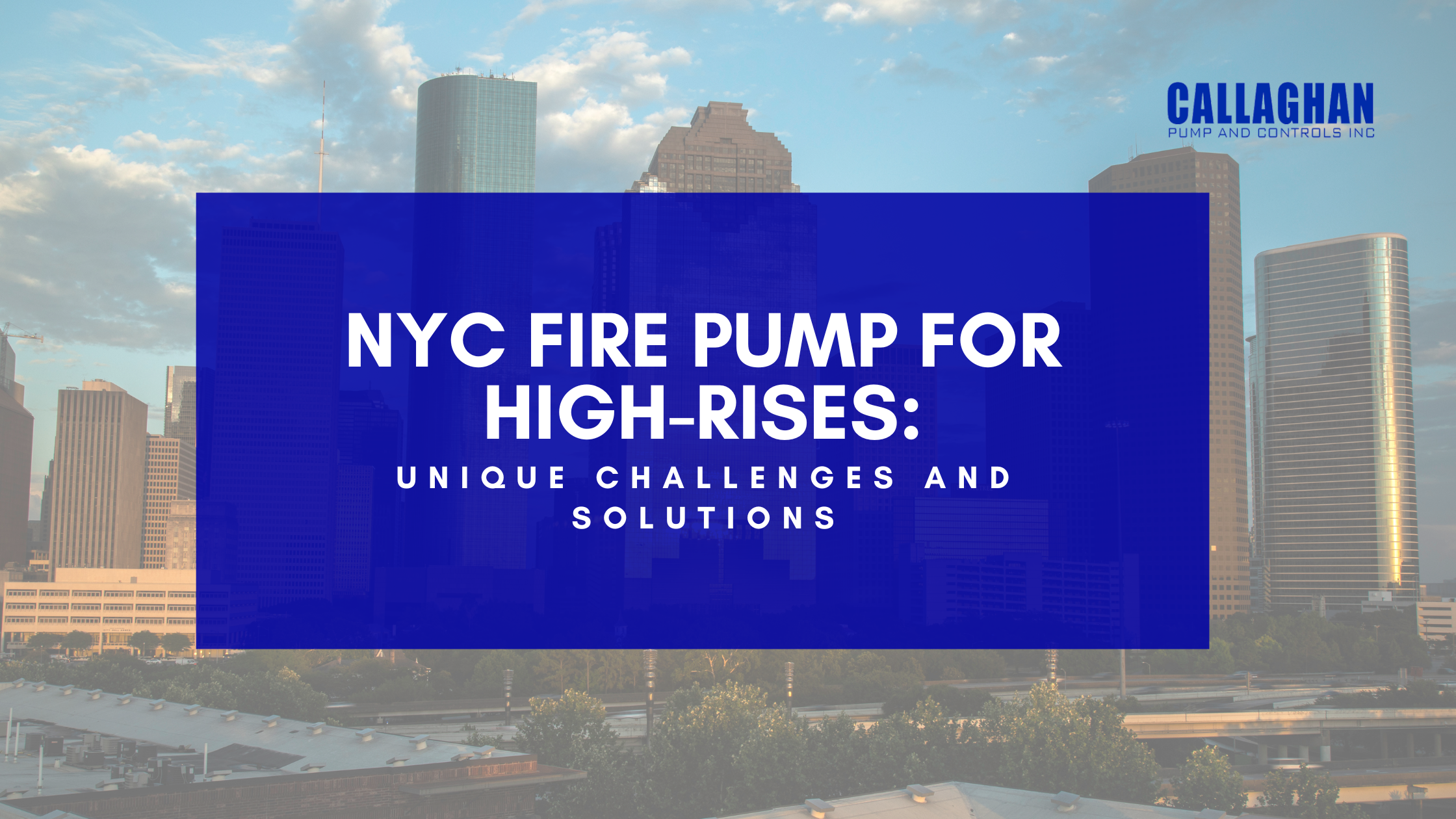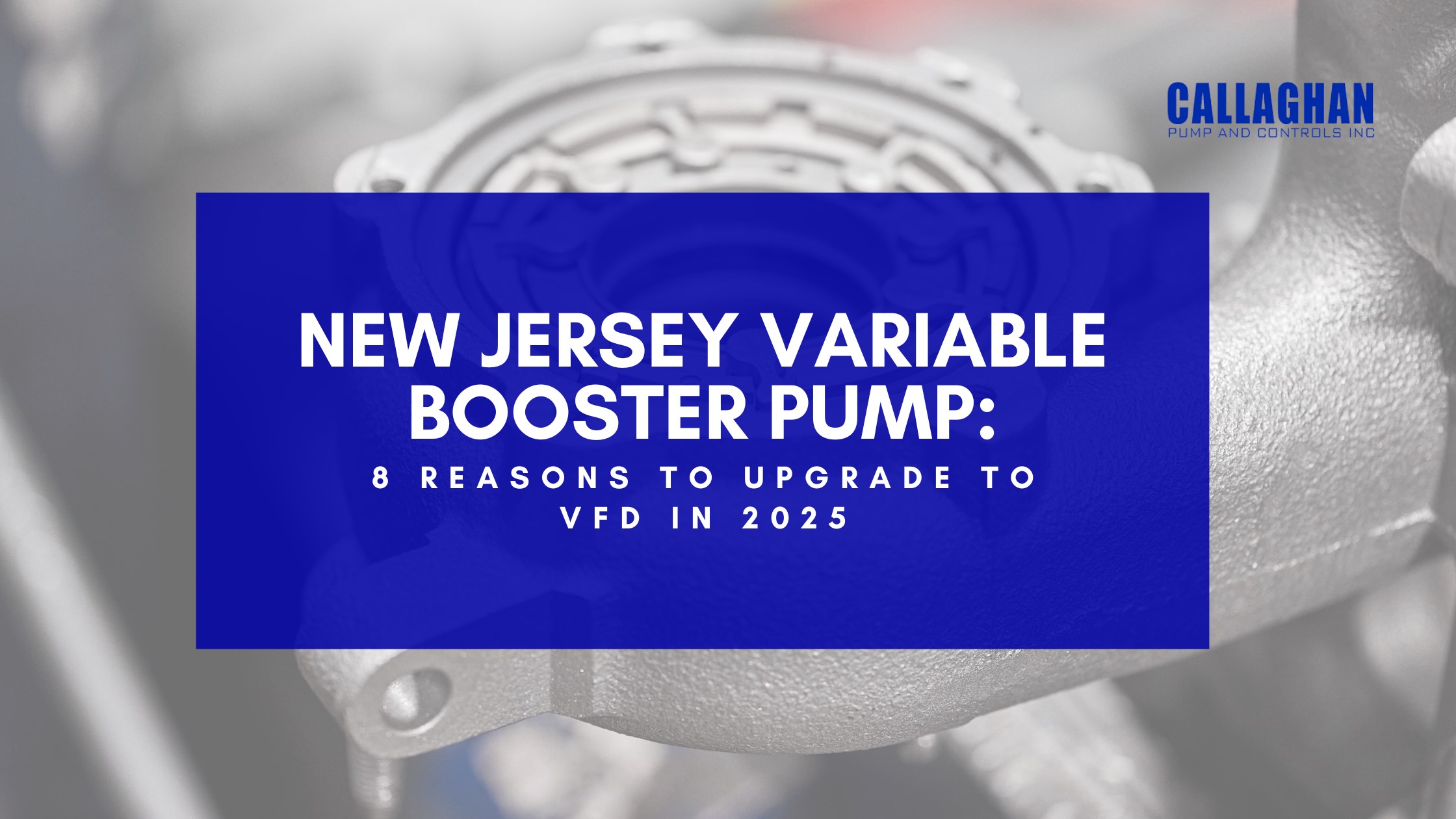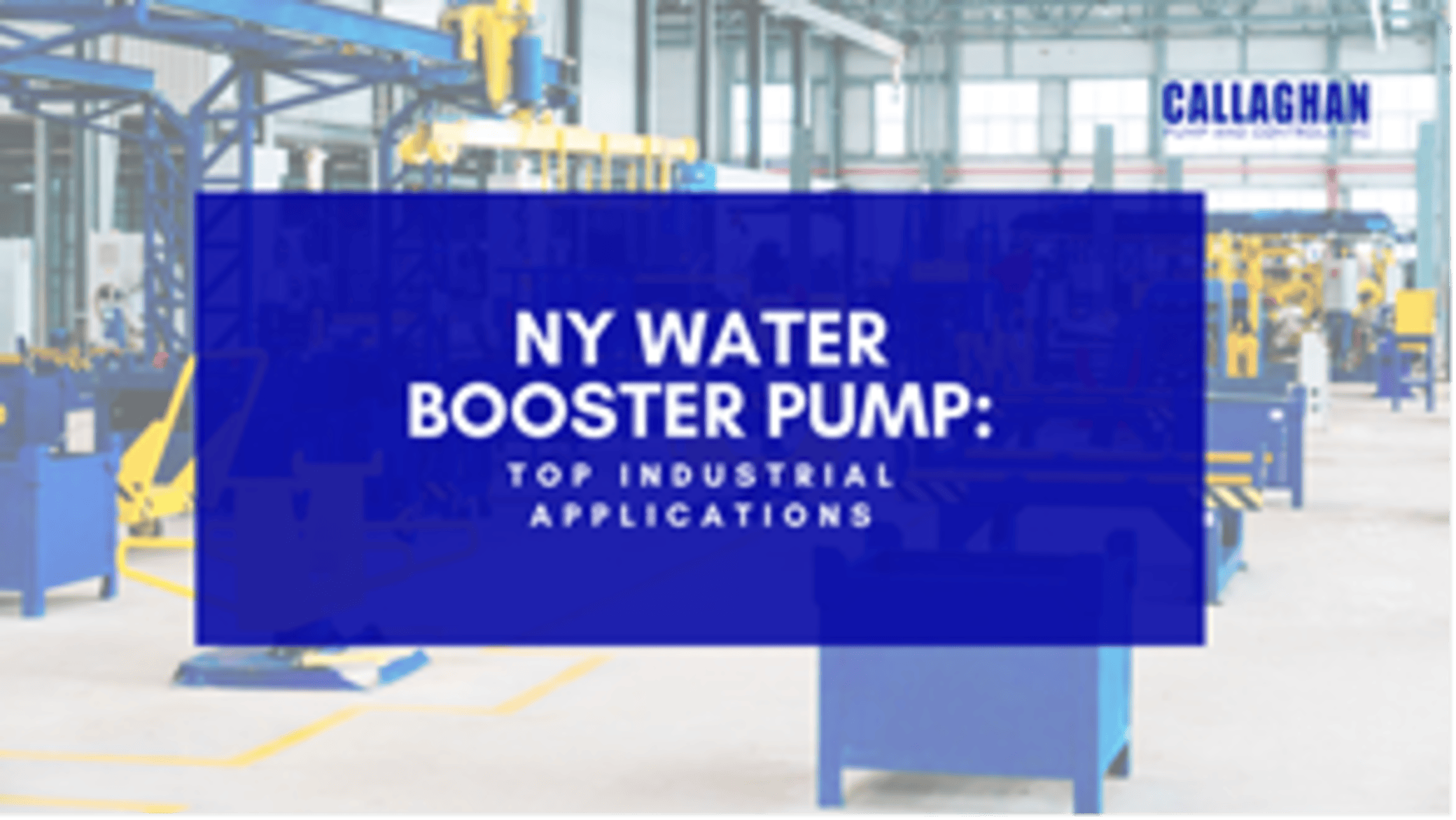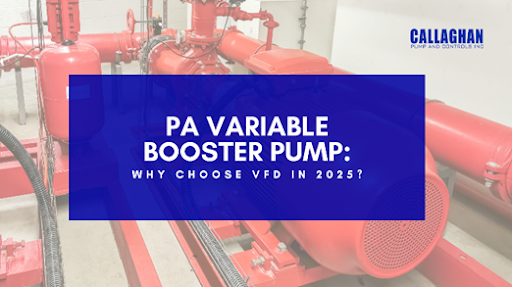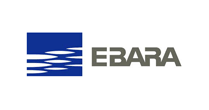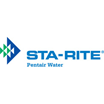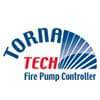Maintaining appropriate water pressure is a significant concern in New York, where skyscrapers dominate the skyline. Many residential and commercial properties suffer from low water pressure, resulting in irregular water flow on upper floors. This is where NY water booster pumps come in handy!
These water booster pumps increase the pressure in municipal or well water systems, assuring a consistent supply throughout a building. However, not all booster pumps are identical. With many options available, how do you choose the best one for your building? Let’s explore the world of NY Water Booster Pumps and find the best fit for your needs.
Types of Water Booster Pumps in New York
There are many varieties of water booster pumps for all sorts of purposes. Each pump is different with respect to design, pressure-carrying capability, and efficiency, so the choice should best suit your needs in the building. Here’s a rundown on the most commonly used types:
1.Single-Stage Booster Pumps
Single-stage booster pumps operate using one impeller and produce an increase in water pressure. They are excellent for buildings that require moderate improvements in pressure.
Best for: Small residential buildings, single-family homes, and irrigation systems.
Advantages: Cost-effective, easy to install, and requires minimal maintenance.
Limitations: Not suitable for high-rise buildings or applications with high water demand.
2. Multi-Stage Booster Pumps
Unlike single-stage pumps, multi-stage pumps feature several impellers working together to enhance pressure levels, unlike the single-stage type. Their internal designs vary for shaft seals and bearings on one end of the pump, depending on duty and application.
Best for: High-rise apartments, commercial buildings, and large residential complexes.
Advantages: More pressure, performance is more efficient, and uses less energy.
Limitations: Highly priced compared to single-stage types and requires installation by a professional.
3. Variable Speed Drive (VSD) Booster Pumps
Also known as variable frequency booster pumps, VSD pumps are the tech-savvy option. They automatically adjust their speed based on how much water they use, saving energy and keeping pressure steady.
Best for: Commercial buildings, hospitals, schools, and areas with fluctuating water demand.
Advantages: Reduces energy consumption, ensures consistent pressure, and extends pump lifespan.
Limitations: Higher initial cost and requires more complex maintenance.
4. Inline Booster Pumps
Short on space? Inline pumps are compact, sleek, and designed to fit right into your existing water lines. They are perfect for small buildings that require a quick increase in pressure.
Best for: Small businesses, apartments, and older buildings requiring pressure improvements.
Advantages: Space-saving design, easy installation, and cost-effective.
Limitations: Limited pressure capacity, making them unsuitable for high-rise buildings.
5. Centrifugal Booster Pumps
Centrifugal pumps use rotating impellers to move water efficiently, making them a go-to for large-scale operations. They can increase the pressure of other fluid flow systems and maintain water pressure in areas with low or fluctuating water pressure.
Best for: Factories, office buildings, and municipal water systems.
Advantages: High capacity, durable, and long-lasting performance.
Limitations: Requires regular maintenance and has a higher operational cost.
Choosing the Right Water Booster Pump for Your Building
Finding a NY water booster pump that would suit your building’s various requirements, such as its size, water usage, and budget, is more crucial than just picking one with the proper pressure. Every pump type has advantages and disadvantages, so consider your needs before selecting one.
1. Building Height & Water Demand
The height of your building and the water demand are crucial in determining the booster pump you need. Here’s what to consider based on your building’s structure:
- Low-rise buildings (1-3 floors): Single-stage or inline pumps are ideal for moderate pressure improvements.
- Mid-rise buildings (4-10 floors): Multi-stage pumps or VSD systems are recommended for consistent water flow.
- High-rise buildings (10+ floors): A multi-stage or centrifugal pump is necessary for powerful and steady water pressure.
2. Energy Efficiency & Cost Considerations
If energy efficiency and long-term savings are vital, choose a pump that uses as little electricity as possible while delivering dependable performance. Here’s how to make a decision depending on your energy and budget preferences:
- For energy savings: Choose a VSD booster pump, which adjusts speed based on demand, reducing electricity consumption.
- For budget-conscious options: Inline or single-stage pumps are more affordable upfront but may not offer long-term efficiency benefits.
3. Space Availability & Installation Requirements
When picking a pump, consider the quantity of available space as well as the complexity of the installation process. Depending on the layout of your building and the available space, consider the following:
- For buildings with limited space: Inline pumps are compact and easy to install.
- For new constructions or large properties: Multi-stage and centrifugal pumps may require a dedicated mechanical room but offer superior performance.
4. Maintenance & Durability
Consider the amount of maintenance you are willing to commit and how long you think the pump will last. Some pumps need more maintenance than others, so take into consideration the following:
- For low-maintenance needs: Single-stage and inline pumps require minimal servicing.
- For long-term reliability: Multi-stage and centrifugal pumps are more robust but require periodic maintenance.
From compact inline pumps to high-capacity multi-stage systems, every building has a solution. By considering factors like height, energy efficiency, and maintenance, you can find the perfect pump to meet your needs. Contact us today to find the NYC water booster pump for your property. Happy water boosting!

